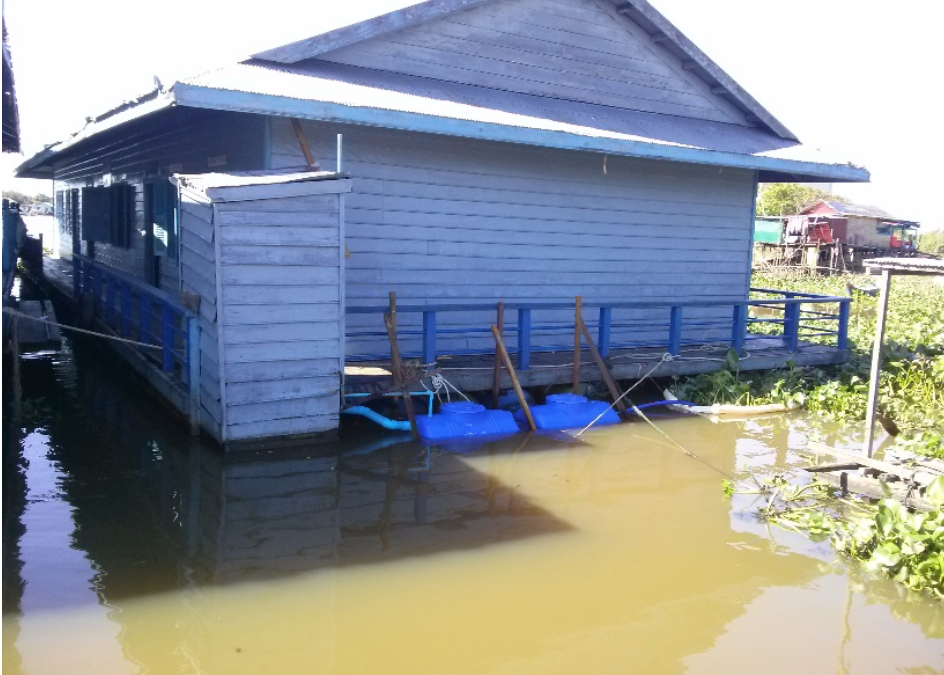World Wetlands Day (2nd February) raises global awareness about the importance of wetlands and the need to restore, conserve and promote sustainable use. The day was founded by the Ramsar Convention on Wetlands in 1971, where contracting nations commit to identifying and preserving wetlands of high value.
Wetlands cultivate rich biodiversity that provides a home to hundreds of thousands of species of animals and plants – including threatened species. Wetlands absorb and store water while removing pollutants, creating water supplies that support local communities. Communities also heavily depend on wetlands for food and livelihoods.
Living in Phnom Penh, you’re very quick to notice that fish is a staple of the Cambodian diet, and they’ll often explain, “Cambodians love to eat a lot of fish, because of the big lake.” They are referring to the Tonle Sap lake, the largest and most important lacustrine-wetland ecosystem in Cambodia. Almost all of Cambodia’s population rely on the Tonle Sap Lake for their fish and rice, with 500,000 tons of fish caught each year to feed the nation and export (Eater, 2017). They are very proud of this lake and especially the fish it provides them.
The Tonle Sap is a lake, or wetland, that changes in size seasonally, and there are many communities that live on and around the lake. Some live in houses that ‘float’ all year round, while others having living conditions that are dependent on the season – as the lake seasonally grows – which causes seasonal flooding and changes to the ground water levels.
Many people living around the lake do not have a toilet or have toilets with no proper system for excreta retention and treatment. This causes a serious problem of water contamination that impacts on the ecosystems around the lake and peoples livelihoods. Traditional toilet design and technologies are not effective and different solutions need to be developed and brought to scale.
One of the key targets for the Water and Sanitation (WASH) sector in Cambodia is to end open defecation by 2030, in line with the UN Sustainable Development Goal 6. The sector has made a lot of progress on improving rural sanitation coverage, with coverage rising from 21% in 2007 to 71% in 2017 (CSES, 2017). However, as sanitation coverage increases, there is now a bigger focus than ever on the more difficult-to-service areas, including the areas around the Tonle Sap lake. For many years, Engineers Without Borders Australia has focused a lot of its WASH work in Cambodia on Sanitation in Challenging Environments, working to develop appropriate sanitation solutions for those living in hard to service areas. This includes floating communities and those subject to seasonal flooding.
EWB has been working with many partners here to develop and trial innovative sanitation solutions for communities living in these challenging environments. One such technology is the HandyPod developed by Wetlands Work!. The HandyPod is a natural wastewater treatment system, which is being developed to ensure a robust solution that is appropriate for both human health and the environment. Solutions such as this are vital in ensuring sanitation coverage in hard-to-service areas, and that the environment – in this case the Tonle Sap lake – is protected from any contaminants.
#WorldWetlandsDay #WetlandsBiodiversityMatters
Pictured: School on the Tonle Sap with HandyPod installed
This program is supported by ANCP and Australia Aid.
You can also help support this program. Please donate today.


